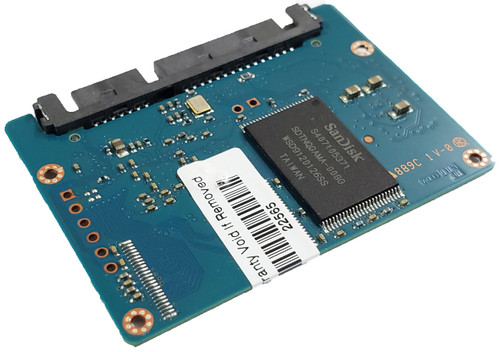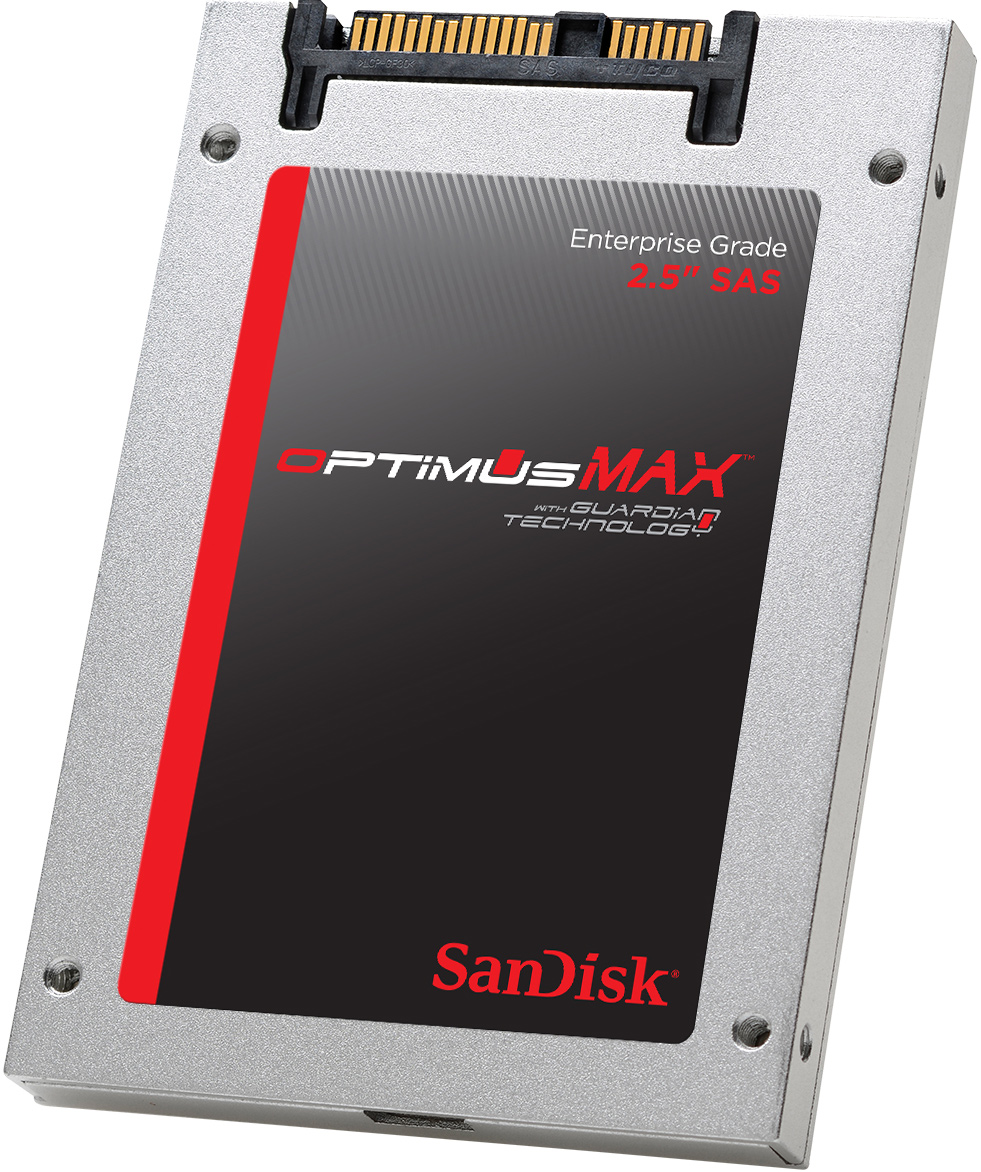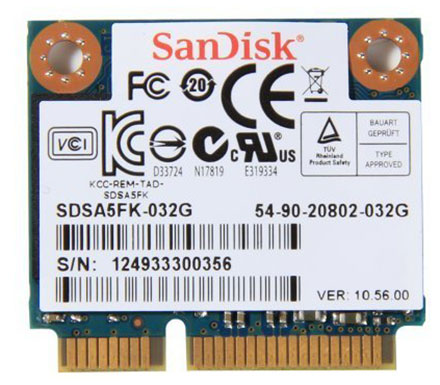

- #Sandisk ssd u100 rams 1080p#
- #Sandisk ssd u100 rams install#
- #Sandisk ssd u100 rams portable#
- #Sandisk ssd u100 rams professional#
I realise they’re targeting the consumer market, but ultrabooks are ideal for mobile corporate users.
#Sandisk ssd u100 rams professional#
The second problem is the lack of professional versions of Windows available from Samsung for these devices. So my notebook needs to be able to fit as much as possible on the screen – FHD ultrabooks are absolutely wonderful for me and I imagine for any other power users or IT pros who need the combination of performance and extreme portability these new devices are bringing us. My desktop workstation has three 1920×1200 screens and I’m looking at upgrading to 2560×1400 27″s because I’m constantly frustrated at how little I can have in front of me at any one time. After using 13.3″ ultrabooks with FHD screens, I never want to go back – it gives me more screen real estate to work with, so I’m more productive.
#Sandisk ssd u100 rams portable#
FHD notebook screens are designed for people who are using them as portable notebooks, typing on the notebook keyboard. While I’ve heard plenty of people complain that FHD is too small to see in anything smaller than a 17″ notebook screen, the problem is really their use of it – they’re using their notebook on a desk with a keyboard and mouse three feet from their face.
#Sandisk ssd u100 rams 1080p#
Not sure how someone got one in Aus for $1,400 – their list price is $1,899, while the national distributor is selling them for $200 more than the JB Hifi special mentioned…Īnyway, my first problem with this notebook is the low resolution screen (when, as mentioned, Asus are now releasing 13.3″ and 15.6″ notebooks with 1080p (or FHD) res). Our recent review resulted in this SSD being confirmed as the highest capacity and highest performing SSD on the market by a stretch.
#Sandisk ssd u100 rams install#
This also mandated a SSD switch and it took no time to migrate our OS and install the MyDigitalSSD SMART Series 256GB SATA 3 SSD (aka ADATA XPG SX300) as seen here. Samsung’s choice to utilize the SanDisk U100 will perplex me for some time I am sure. The U100 is seconded only by the Toshiba 128GB SSD that came with our Z830 Ultrabook as displaying the worst performance that we have ever seen in a mSATA SSD. Not only is the performance of the Samsung PM830 one of the best but also, we had the opportunity to take a detailed look at the U100 in a prior report on the ASUS Zenbook. The fact that Samsung has gone to the SanDisk U100 SSD, rather than their own PM830 mSATA,which earned Editors Choice in our detailed review, has confused many. Prior to the release of Ivy Bridge, many believed that fans would become obsolete as a result of Intel’s new ultra low voltage CPU’s.

Inside, the SanDisk U100 128GB SSD was a bit unexpected as was the fan. Removal of ten screws was necessary to separate the base plate from the bottom of the Series 9 chassis. We also couldn’t help but heading to the supply room to check out the backlit keyboard which was definitely a step up on the former Toshiba Z830 that had keys without any backlight whatsoever. One of the things I noticed was that opening programs under the guest OS (even just the linux terminal) utilizes 100% of the CPU for a while according to the Linux performance monitor but, under Windows (the host)it shows very little processor usage.Getting back to the SD card slot, something we liked was that the slot is protected from the elements by a spring latch that pushes out of sight once the card is inserted. Iv'e tried copying the same OS image over to a friends laptop who's running it on a lenovo laptop with i5-2310 processor, 256 samsung 840 SSD and 6GB RAM and it works flawlessly. The VMware image is currently set up to use 20GB virtual monolithic disk, 2GB RAM, 2 processor cores, NAT Connection. The computer is a Samsung series 9 Laptop with i7-3517u processor, 8GB ram and 256GB sandisk U100 SSD. I'm running Linux Mint 16 (the guest) on VMware player 6.0.1 under win 8.1 (host).

I also eliminated the swap file on the guest OS altogether and still no change. Iv'e tried everything I can think of: Changed amount of available RAM from 1-3, changed the number of cores from 1-4, changed the virtual disk into split disks or a singe one and nothing helps.

Opening programs takes a long time,and the cursor is laggy. My guest OS performance in VMware is very laggy and unresponsive. Hello everyone, I'm hoping someone can help me because I'm out of ideas.


 0 kommentar(er)
0 kommentar(er)
